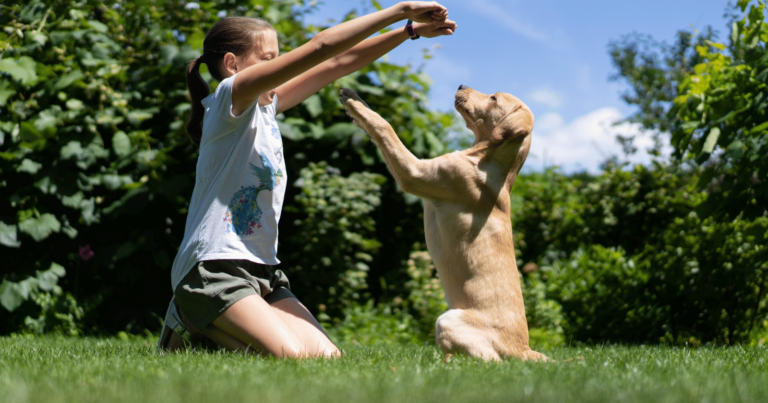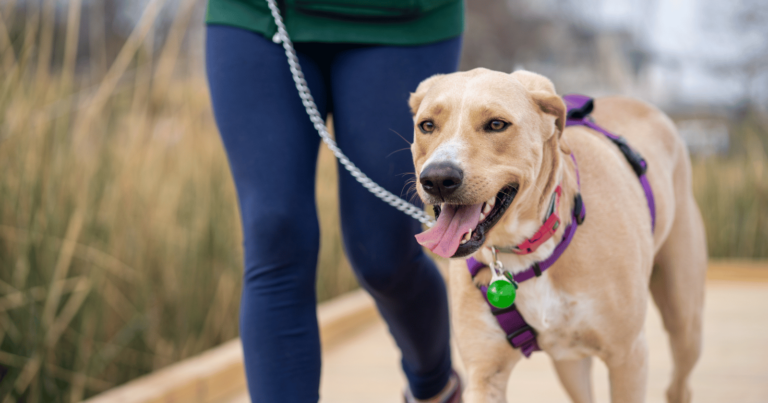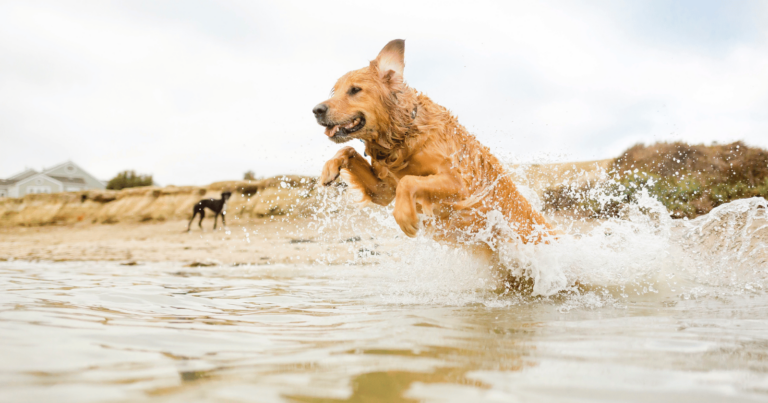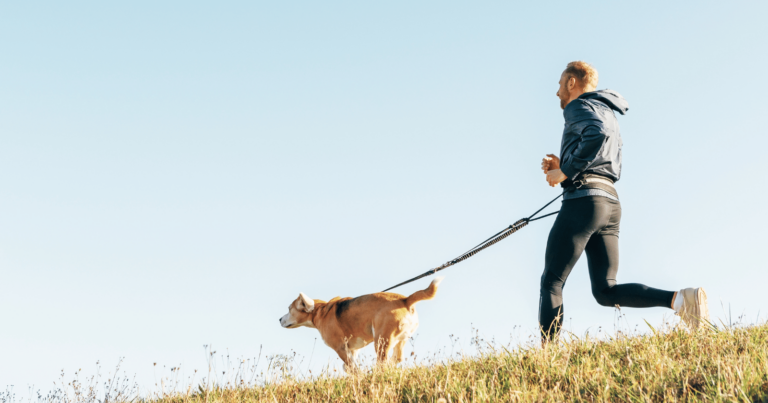Training your dog can be a rewarding journey that strengthens the bond between you and your dog.
With the right tips and techniques, training can become an enjoyable process rather than a daunting task.
Training your dog doesn’t have to be a struggle; it’s all about understanding their needs, being patient, and using consistent methods.
You’re in luck, because I’ve compiled a list of 8 proven tips that have worked wonders in training my dogs.
These tips will help you navigate the training process, instilling obedience in your dog while keeping things positive and fun.
1. Start with basic commands
Training your dog should begin with mastering basic commands.
These commands are the foundation for all future training and provide a way for you to communicate effectively with your pet.
The basic commands include “sit”, “stay”, “come”, “heel”, and “down”.
One method to teach these commands is through positive reinforcement.
This involves rewarding your dog immediately after they correctly perform the command.
The reward could be a treat, praise, or a favorite toy.
It’s important to repeat these training sessions consistently until your dog understands and follows the command without hesitation.
Remember to keep training sessions short and sweet to prevent your dog from losing interest.
Aim for 10 to 15-minute sessions a few times a day.
This helps keep the training process fun and engaging for your furry friend.
2. Use positive reinforcement

This approach involves rewarding your dog immediately after they perform the desired behavior.
The reward can be a treat, a favorite toy, or verbal praise.
The idea is to make your dog associate the behavior with something positive, thus increasing the likelihood of them repeating it in the future.
For example, if your dog sits upon command, immediately give them a treat or praise.
This will make your dog understand that sitting when asked results in a pleasant outcome.
When using positive reinforcement, it’s important to reward your dog immediately after the desired behavior occurs.
This helps your dog make the connection between their action and the reward.
Avoid punishing your dog for incorrect behavior.
Negative reinforcement can lead to fear and confusion, which can hinder the training process.
Instead, focus on rewarding correct behavior and ignoring unwanted actions.
3. Keep training sessions short and engaging
The attention span of dogs can be quite short, especially for puppies.
Therefore, it is crucial to keep training sessions brief to ensure maximum focus and engagement.
Aim for training sessions that last around 10 to 15 minutes.
You can have multiple short sessions throughout the day, rather than one long session.
This helps prevent your dog from becoming overwhelmed and losing interest.
During these sessions, maintain a positive and energetic attitude.
Dogs pick up on their owner’s energy, so if you’re enthusiastic, your dog is likely to be as well.
Make the training process fun by incorporating playtime and rewards.
Also, vary the tasks in each session to keep things interesting.
Working on the same command over and over again can become monotonous for your dog, leading to decreased engagement.
4. Be consistent with commands and rewards
Dogs learn through repetition and reinforcement, so it’s important to consistently use the same words for commands and provide rewards for good behavior.
When teaching a command, choose a specific word and stick to it.
For example, if you’re teaching your dog to sit, always use the word “sit” and not other variations like “sit down” or “sit up”.
Related Stories from Black Pearl Dogs
This helps avoid confusion for your dog.
Similarly, be consistent with how you reward your dog. If you’re using treats as a reward, offer the same type of treat each time your dog performs the desired behavior correctly.
This will help your dog associate the behavior with that particular reward.
Consistency should also apply to everyone in the household.
Make sure all family members understand and use the same commands and rewards to avoid confusing your dog.
5. Gradually increase training difficulty
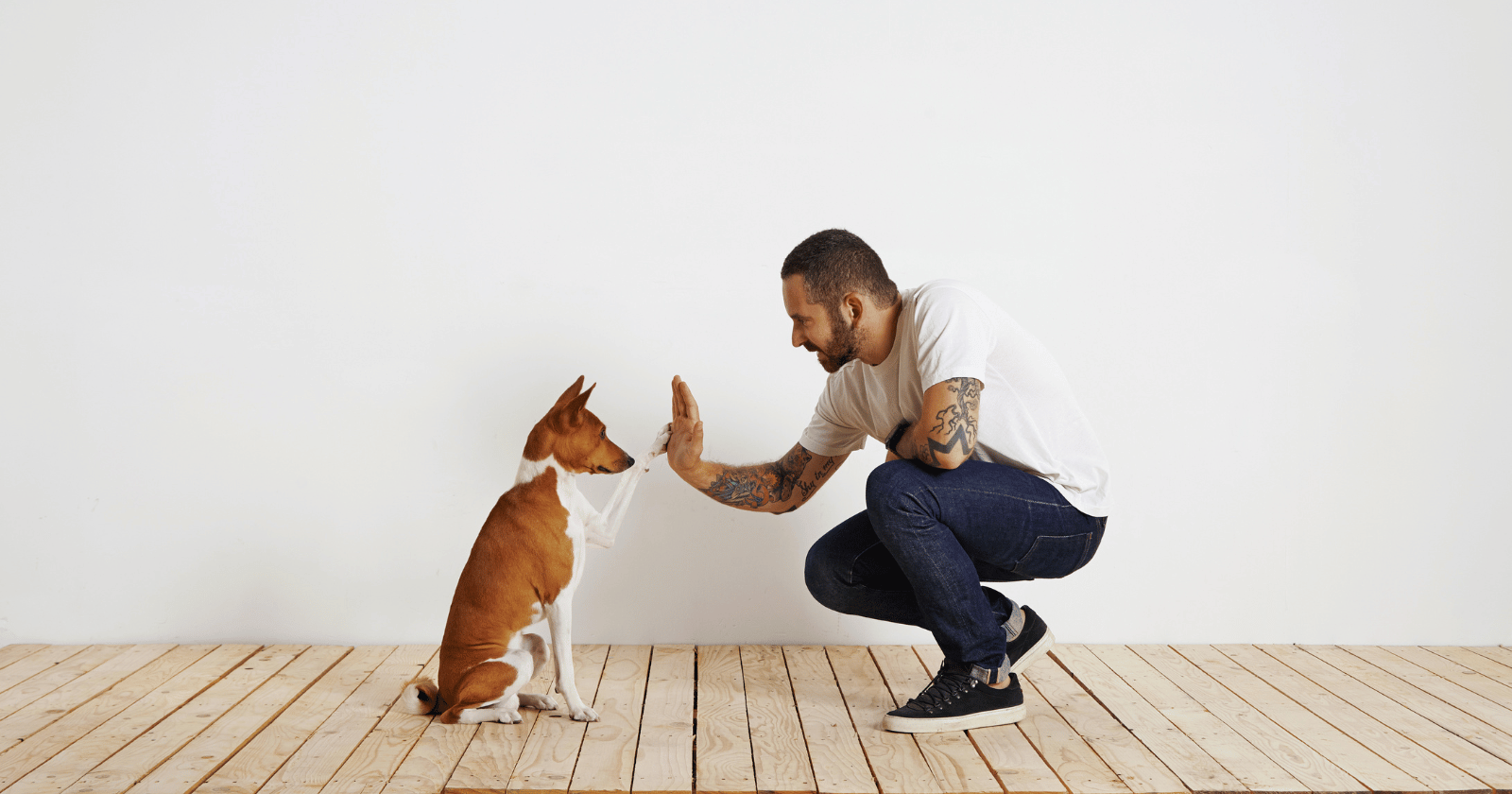
When training your dog, it’s important to gradually increase the difficulty of the tasks.
Starting with simple commands and slowly introducing more complex ones can help your dog build confidence and reduce frustration.
Begin with commands that are easy for your dog to understand, such as “sit” or “stay”.
Once your dog has mastered these, you can move on to more challenging commands like “leave it” or “heel”.
It’s also beneficial to gradually increase the distractions during training sessions.
Start training in a quiet, familiar environment with minimal distractions.
As your dog becomes more proficient with a command, try practicing in different environments with more distractions.
For example, once your dog can reliably sit on command in your quiet living room, try practicing the command in a slightly busier environment like your backyard.
Eventually, you can move to places with more distractions, like a park.
This gradual increase in difficulty allows your dog to adapt and learn effectively without becoming overwhelmed or stressed.
6. Practice patience and understanding
Some dogs may pick up commands quickly, while others might need more time.
When your dog doesn’t immediately grasp a command, it’s crucial not to get frustrated or upset.
Instead, try to understand the problem from your dog’s perspective.
Maybe the command is too complex, or perhaps there are too many distractions.
If your dog is struggling with a particular command, try breaking it down into smaller, more manageable steps.
7. Socialize your dog
Socialization is a crucial part of dog training that is often overlooked.
Exposing your dog to various environments, people, and other animals can help them become more adaptable and well-mannered.
Start socializing your dog at a young age if possible.
This can be as simple as taking them on walks in different areas, introducing them to friends and family members, or arranging play dates with other dogs.
It’s important to ensure that these socialization experiences are positive.
If your dog seems scared or overwhelmed, remove them from the situation and try again another time.
8. Reinforce training in daily routines
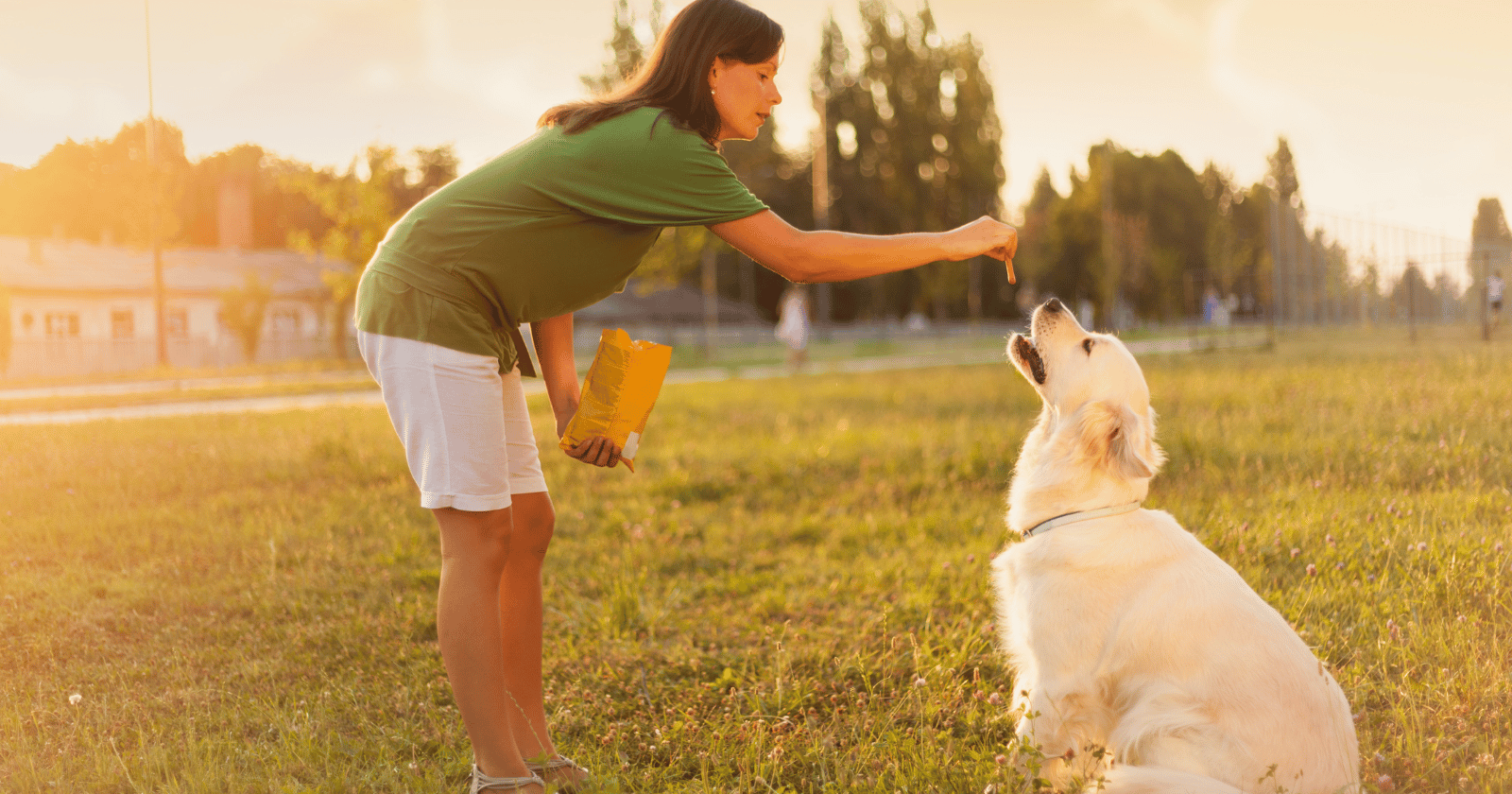
Dog training should not be isolated to dedicated sessions only.
It should be a continuous process that is incorporated into your daily routines.
This helps your dog understand that commands are not just for training sessions, but are part of everyday life.
For example, you can practice the “sit” command before giving your dog their meal or the “stay” command before letting them out for a walk.
This not only reinforces the training but also encourages good behavior throughout the day.
Incorporating training into daily routines helps your dog understand that obedience is rewarded, not just during training sessions but all the time.
This can lead to a more obedient dog and a stronger bond between you and your pet.
Understanding your dog
At the heart of successful dog training lies a simple truth: understanding your dog.
The better you understand your dog, the more effective your training will be.
Take the time to observe your dog.
Notice how they react to different situations, what motivates them, what scares them, and how they communicate their needs.
This understanding will allow you to tailor your training approach to suit your dog’s individual needs and personality.





